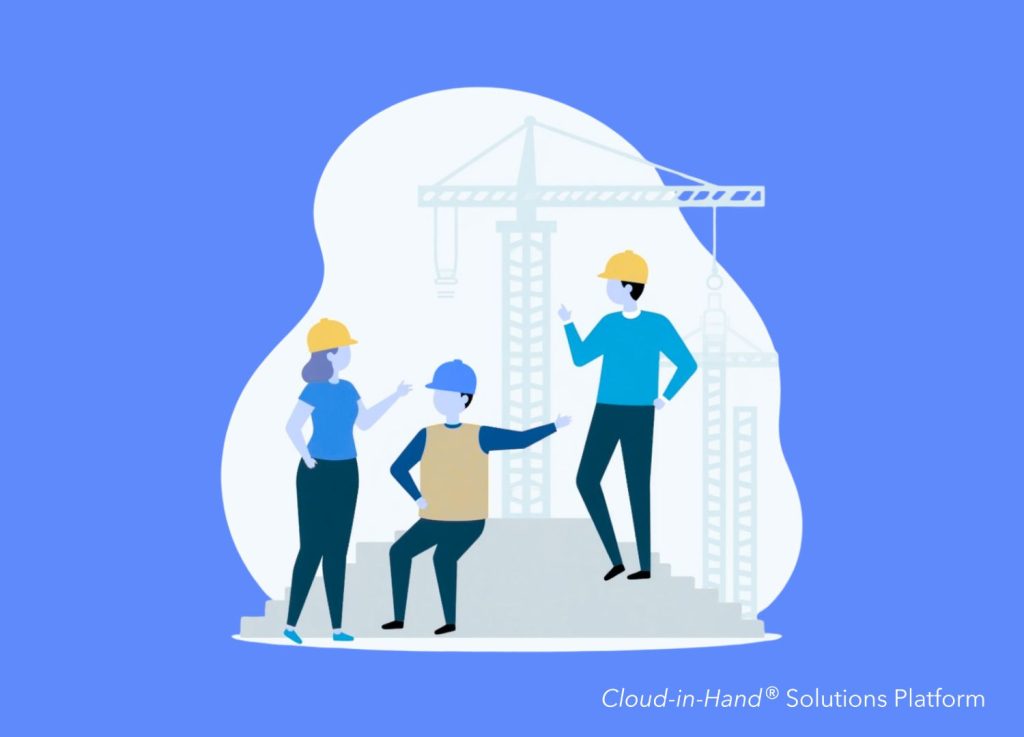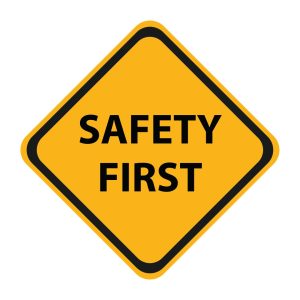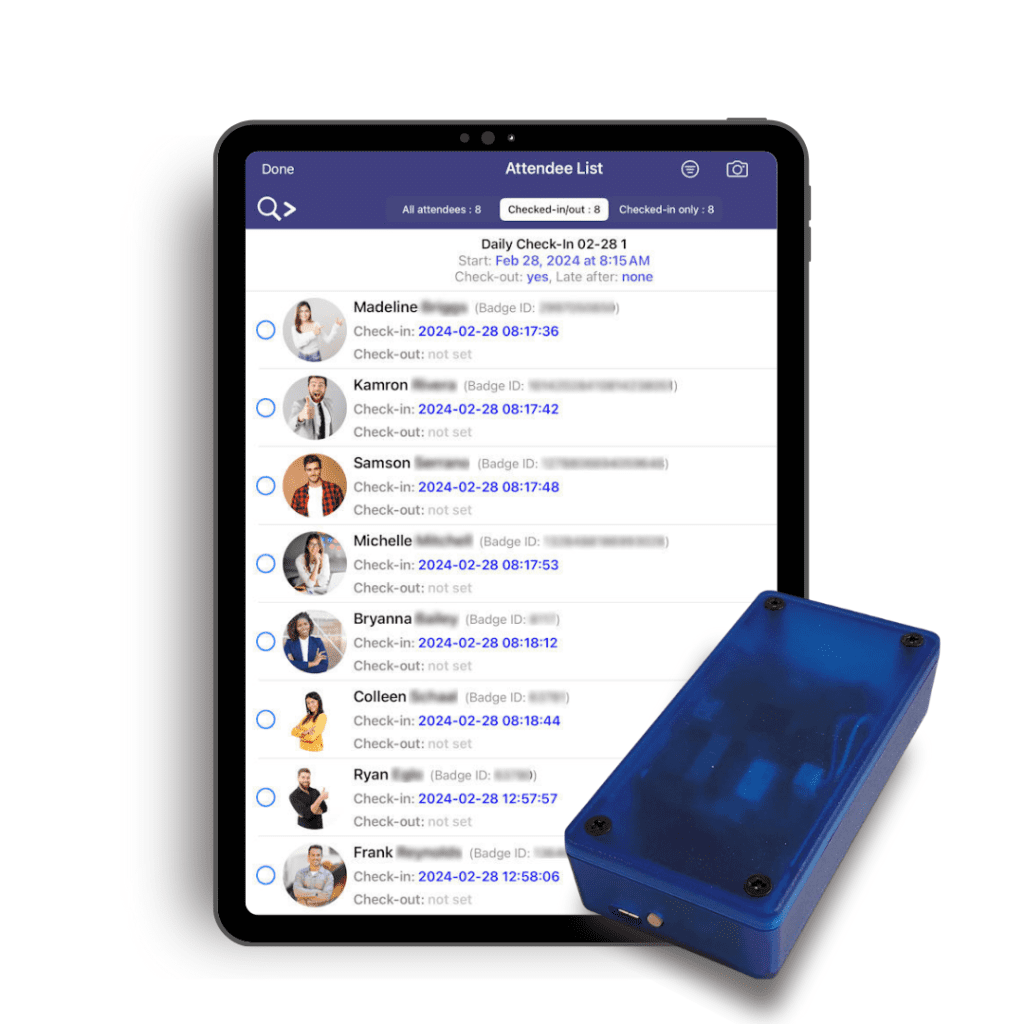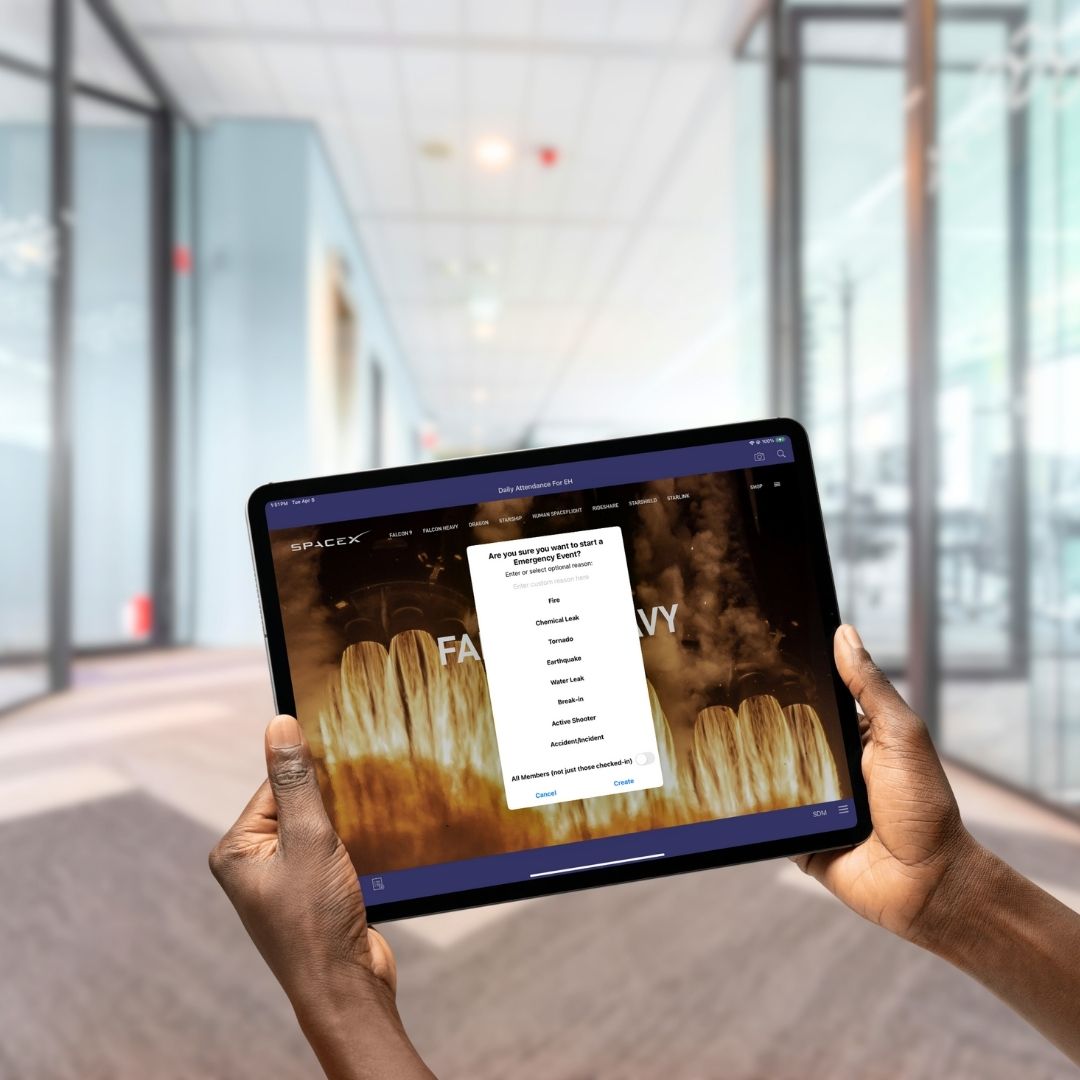
10 Ways to Prepare Your Construction Site for Emergencies

Table of Contents
The construction industry consistently ranks among the most hazardous sectors to work in. In fact, a 2023 study found that construction had the highest number of workplace fatalities that year.
While different metrics can influence rankings, construction sites continuously place near the top across all safety risk categories. Simply put, even with various ways of measuring danger, construction remains one of the most dangerous industries.
These statistics are certainly alarming, but they do not have to define the safety of your construction site. Many companies are taking proactive steps to improve safety by following strict protocols, providing employee training, and investing in technology that helps protect their teams.
This blog will walk you through ten practical ways to prepare your construction site for emergencies, helping you create a safe work environment.
Stratus-io: Emergency Headcount
Why a Safety Culture is Necessary at a Construction Site
Yes, you’ve seen the statistics. And honestly, that alone is reason enough to understand why building a strong safety culture matters on your construction site. But the importance of safety goes even further.
A strong safety culture directly contributes to your company’s long-term success. When safety is part of daily operations, it shows your team that their well-being truly matters. This builds trust, improves morale, and encourages employees to take pride in their work.
By creating a culture where safety is expected, practiced, and respected, you not only protect your people but also strengthen your entire organization. A safe construction site leads to a more productive and dependable team.
Oh, and of course, we want to keep OSHA happy and avoid those hefty fines too.
10 Ways to Prepare Your Construction Site for Emergencies
There are countless ways to prepare your construction site for emergencies. However, we’ve narrowed it down to ten essentials that can make a significant impact on keeping your team safe and your site secure.
Protect Your Crew. Protect Your Site.
Whether you oversee a small job site or manage multiple large-scale projects, our software helps you strengthen emergency preparedness on every construction site.

1. Develop a comprehensive Emergency Response Plan (EAP)

Your Emergency Response Plan should outline step-by-step procedures for every possible situation, from fires to chemical spills to natural disasters.
2. Create a visual map
You might know your way around the site, but what about the new hire who just started? Or the subcontractor visiting for the day?
Creating a visual map with exits, assembly points, fire extinguishers, and shut-off valves is necessary. Some people are visual learners; clear visuals can be life-saving. It’s always better to over-communicate than leave someone guessing.
3. Assign emergency roles and responsibilities
A ship won’t sail with just the captain, it needs the whole crew. Emergencies are no different.
Relying on one person during a crisis is risky. Assign specific roles to individuals, like someone to lead evacuations, another to check headcounts, and someone to monitor hazardous areas. This creates structure, avoids confusion, and helps everything run more smoothly.
4. Train workers on how to report an emergency
This one’s big. The last thing you want is for someone to freeze up or panic because they don’t know what to do.
Make it clear: accidents happen, but how you respond matters. Train your team on who to contact, how to communicate details, and when to escalate. The more familiar they are with the process, the more likely they’ll stay calm when it counts.
5. Use signage and visuals in multiple languages
The number of Hispanic workers in construction has grown significantly, rising from 23.6% in 2010 to 31.1% in 2022. Using signage in multiple languages can..Communication should never be a barrier to safety.
6. Run severe weather and active shooter scenario drills

On a construction site, you may be dealing with open space, high scaffolding, or limited shelter. Drills help your team react faster and smarter in those worst-case situations. It’s better to practice now than panic later.
7. Stock first aid kits in multiple accessible locations
Accidents happen fast, and medical help isn’t always immediate. First aid kits should be fully stocked, regularly checked, and placed throughout the construction site, not just in the trailer. Being overprepared can save a life. Whether it’s a minor cut or something more serious, quick access to supplies makes a big difference.
8. Label and map all electrical, gas, and water shut-offs
In emergencies like fires or flooding, knowing how to shut off utilities quickly can prevent further damage, or worse, save lives.
Label each shut-off clearly and include its location on your site’s visual emergency map. Make sure all supervisors and emergency personnel are trained on how to operate them.
9. Restrict access to high-risk zones when hazardous work is in progress
Some areas of your site are riskier than others, especially during activities like welding, excavation, or working at height.
Use barriers, warning signs, and access controls to keep unauthorized personnel out of these zones.
10. Integrate an Emergency Management System

Many platforms even offer mobile check-in features that let workers confirm their safety from their phones. If you’re managing a large or complex site, these systems are worth the investment.
The Solution to Your Construction Site Emergency Management
Stratus io: Emergency Headcount is designed to enhance safety and streamline emergency response at your construction company. Explore these key features that help you stay prepared and protect your crew.
-
Remote Check-in
Stratus-io: Emergency Headcount - workers check-in from their iPhone, iPad and Android phones, tablets. Geofence check-in is also optional.
-
Attendance Tracking
Know who’s accounted for, who’s missing, and where they were last seen on site. No more flipping through paper logs or radioing supervisors for updates. Whether you’re in the trailer or at the muster point, you’ll always know who is safe.
-
RFID Badge Check-in
Paired with wireless smart readers like the idChamp® NF4x, workers check-in instantly by scanning their ID badges. The reader supports all RFID badge types, making it easy to use with your existing site systems.
-
SMS Notification
Need to let your crew know a construction site zone is clear or that everyone should stay in place? Send SMS alerts straight to their phones so your team stays informed, connected, and ready to respond.
-
Access Control
Want to know who’s on your construction site and make sure they’re safe during your emergency? Stratus-io integrates with Access Control Systems (ACS).
-
Data Reports
After the dust settles, Stratus io gives you a full breakdown of who checked in, who didn’t, and how long it took. These reports are perfect for improving future drills!
Need to Improve Construction Site Communication?
Emergency Management doesn’t have to be complicated. Stratus-io gives your team one simple platform to stay prepared.
You can also pair Stratus-io with robust tools from Serialio, like the idChamp NF4x wireless RFID badge reader. Even better, you may qualify for a free reader when you get started with us.
We know reading about software is one thing, but seeing how it actually helps you is another. That’s why we put together a short video to show you exactly how Stratus io: Emergency Headcount can help you stay prepared!
Watch now to see what Stratus-io: Emergency Headcount can do for your construction site.

Cloud-In-Hand® Solution Team
This blog reflects the expertise of the Cloud-In-Hand® Solution Team with over 100 years of experience in hardware, software, and firmware development. Since founding Solutions Consulting in 1992, now known as Serialio LTD, the Solution Team has designed and developed many innovative solutions. Cloud-In-Hand® Stratus-io Time and Attendance, helps organizations like Apple, Google, Toshiba, LinkedIn, Salesforce, and many more, streamlining their operations.

Cloud-In-Hand® Solution Team
This blog reflects the expertise of the Cloud-In-Hand® Solution Team with over 100 years of experience in hardware, software, and firmware development. Since founding Solutions Consulting in 1992, now known as Serialio LTD, the Solution Team has designed and developed many innovative solutions. Cloud-In-Hand® Stratus-io Time and Attendance, helps organizations like Apple, Google, Toshiba, LinkedIn, Salesforce, and many more, streamlining their operations.


